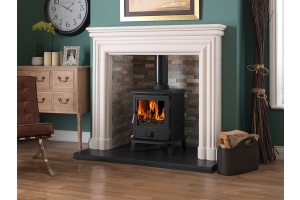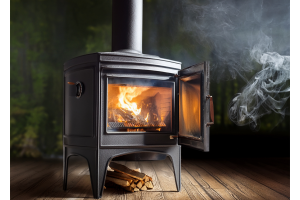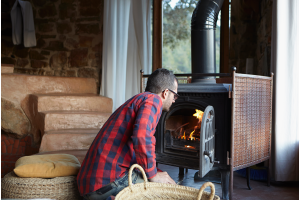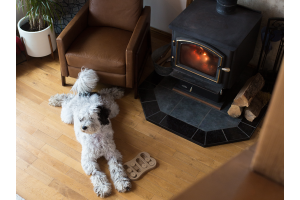Hot tips to avoid a £300 on the spot fine for using your wood burning stove
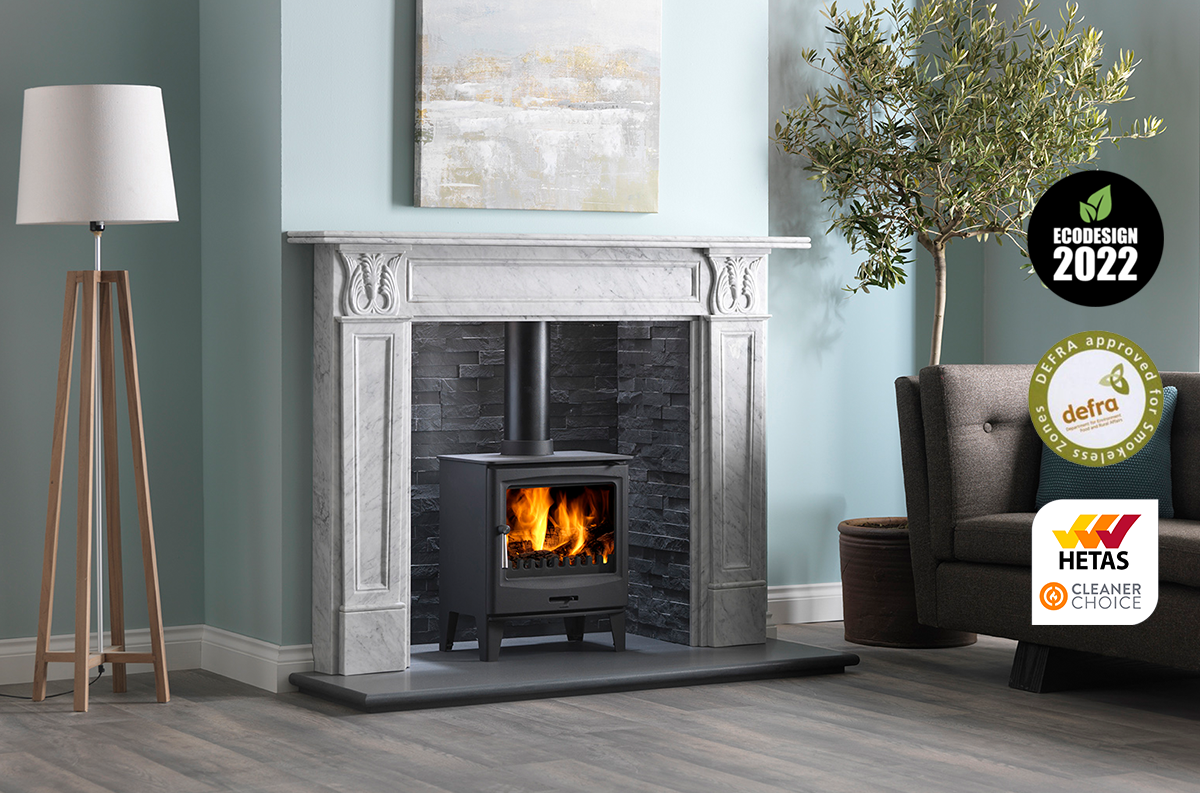
Following changes in the law, you could find an official on your doorstep issuing a £300 fine for allowing your stove to be too smoky. To make sure you don't get penalised by this 2023 law change which means your chimney must emit less that 3g/hour smoke, instead of 5g/hour, we wanted to share some steps that you can take to avoid this happening to you.
The new rules apply to all households that use log burners in smoke control areas. As these areas cover most of England’s towns and cities, most households in England may be subject to this fine. Anyone found to be in breach could now be liable for an on-the-spot fine of up to £300 and could even face criminal prosecution if they refuse to cut back their chimney smoke.
If you’re unsure if you live in a Smoke Control Area you should contact your local council to check. You can also check your postcode on this smoke control area map. Please note that this is an interactive tool which will allow you to explore the location of Smoke Control Areas and exemptions in England only.
In a smoke control area you can only burn fuel in the list of authorised fuels, or any of the following ‘smokeless’ fuels, unless you’re using a Defra approved appliance.
• anthracite
• semi-anthracite
• gas
• low volatile steam coal
How to make your stove less polluting and more efficient:
Only burn seasoned wood with a moisture content of 20% or below, or use lower-polluting wood pellets. Look for the Ready To Burn logo on any purchases. If you buy wood in larger quantities to season at home, follow the manufacturers’ instructions to do this.
Burning wood on an open fire is highly inefficient and is not permitted in smoke control areas. Choosing an Ecodesign Ready wood burning stove is a far more eco-friendly option.
Chimneys should be lined and collared and regularly swept to remove harmful and flammable build-ups of soot and tar, and stoves themselves should have working vents, correctly closing doors and ideally a stove pipe thermometer.
Oxygen levels are key to controlling the spread of fumes. When starting the fire, leave the door ajar and vents open. This will reduce the amount of smoke produced. Once the fire is going, use the air vents to keep the fire at a regular level and temperature. Each stove will have a different optimum operating temperature, so check the correct temperature for your stove.
Running your stove at the correct temperature will also reduce the risk of destructive fire. Too low a heat, and heavy soot and tar build-up increases the risk of a chimney fire; too high, and dangerous temperatures risk house fires.
If your stove is not properly maintained or used, you could be risking your health and your safety. Dangerous fumes may escape from your stove or chimney and fire could engulf your home. Additionally, more polluting stoves will generally be less efficient, costing you more money in the long run as well as presenting a greater risk to your health and your property. It is therefore important to use your stove correctly and keep it well-maintained.
Our stoves are Defra approved and suitable for use in smoke controlled zones, click here to explore our wide range of stoves.





